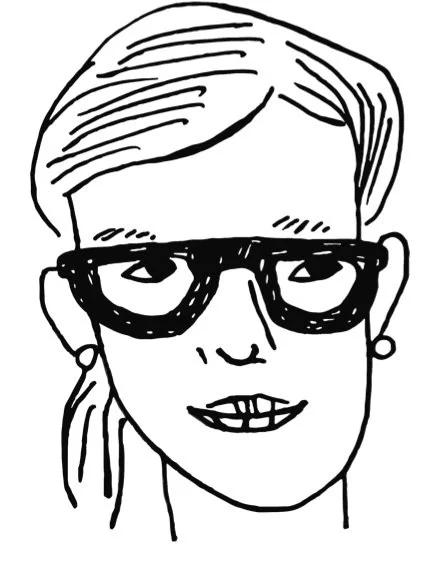UNICEF
Dates
August 2013 - October 2014
Role
AI Researcher
Methodologies
-Design Thinking Workshops
-Field Studies
-Interviews
-Usability Studies
Overview
While I was in the Computer Vision Lab at New York University, I had the opportunity to conduct advanced research on drones or unmanned aerial vehicles (UAVs). My thesis on drones for humanitarian applications evolved into a startup, Lifeline Drones, secured pre-seed funding from UNICEF Innovation and New York University.
Technical Achievements
The modular design enables the drone to be easily reconfigured, avoiding the limitations of conventional commercial drones that are typically built for a single mission. Modules containing various sensors, cameras, and other technological tools can be quickly attached or removed.
By integrating the Vicon SDK with a custom AR.Drone API, we achieved precise 3D positioning through a closed-loop feedback system. Each drone was equipped with six passive optical markers, tracked by 19 Vicon MX T40 cameras. Using PID control within the feedback loop, our system surpassed the accuracy of the onboard controller, effectively eliminating drift and oscillations.
This framework allowed us to create a dataset for a vision-based control algorithms and serving as a controlled environment for reinforcement learning approaches to control and stabilization.
